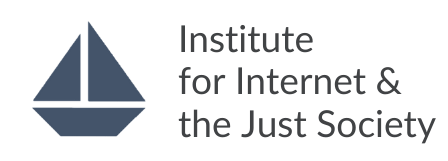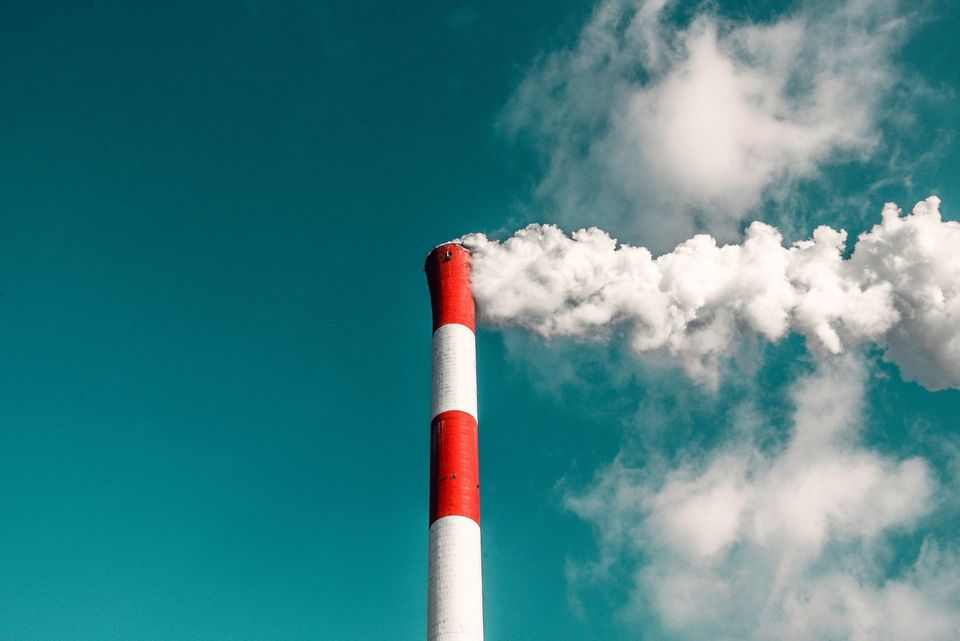Digital makes possible
Digitalisation and new technologies have become major drivers of societal change and come with the promise of being the necessary tools to solve global challenges. In the world of the economist Mariana Mazzucato from University College London digital transformation needs purpose. That purpose should be to solve societal challenges, and the climate challenge is undoubtedly the biggest challenge ahead. But digitalization in itself does not achieve sustainable societies. Instead, digital makes possible – it has the potential to accelerate current environmental efforts through better information sharing, more efficient processes, increased connectivity and by the gathering, sharing and analysis of data. It is not about the technologies themselves, but the impact these will have on how our societies function. Digital transformation will happen one way or another, and it is essential that its transformational power is harnessed to achieve a circular and sustainable transformation.
Digital enables green
It is often said that there is no resource problem, we just need to use the resources we have in a smarter way. In this sense, digitalisation has the potential to decouple economic growth from material use, meaning increased growth without requiring increased material consumption. This is the essence of the circular economy. A circular economy is restorative and regenerative in the way things are designed and it aims to keep products, components and materials at their highest utility and value at all times and for as long as possible. It is a system of production and consumption that shifts processes within all sectors to harness economic and environmental benefits. In many ways, a circular economy is an information problem and digital technologies and solutions can bridge this information gap and enable a shift from a linear to a circular economy, characterized by smarter use of resources . How is this related to climate change? A transition to a circular economy contributes to reducing material relation emissions and decreases the material intensity and the environmental footprint of the current economic system (Berg et al. 2020). As the following examples will illustrate, digital technologies can enable a sustainable shift for products, platforms and processes at all levels of society.
Citizens
It has become evident that the current way of consuming is not sustainable. A circular transition entails a shift away from the linear ‘take-make-dispose’ system to a ‘reduce-reuse-recycle’ model. For citizens this means a different way of using and disposing products, but also introduces new products and services through digitally-enabled business models. Take for example the role of digital sharing platforms that are becoming increasingly mainstream, such as the FoodCloud, an Irish online platform and app that automatically notifies charities about unsold food surpluses available for pickup. Finally, digitalisation can also be used to better inform, educate and influence people to help them make more sustainable choices through scanning apps that provide information about a product’s level of sustainability or traceability services that increases transparency of a product’s value chain. Apps and digital platforms can connect citizens to their local authorities to report litter in public areas like the LitterGram-app in London or the FixMyStreet-app in Brussels.
Industry
Digitalisation of industrial processes, or the so-called Fourth Industrial Revolution, has the capacity to unlock the circular potential of manufacturing and other industrial processes and reduce emissions. It describes the increasing application of technological innovation such as artificial intelligence (AI) and Internet of Things (IoT) devices at industry scale that can have a transformative impact on products and processes. Zooming in, this can be in the form of ‘industrial symbiosis’ where one factory’s waste serves as input for another, with by-products of operations existing in closed-loops enabled by online platforms.
These platforms have software that allows users to locate nearby industrial material flows that can be exchanged, with waste-to-resource matching by big data analysis (Kristoffersen et al. 2020). Another example is within the construction sector where digital material passports are deployed to make necessary information on materials available for the necessary actors to achieve better reuse from one construction site to another. One such emerging solution is the Excess Materials Exchange (EME) that relies on digital material passports and traceability technology that enables businesses to exchange materials through an online platform. Widespread application of digital material and product passports within a data architecture that rests on common standards will be a key enabler for recycling and reuse at a large scale and an entry point to the circular economy. In combination with other digital technologies, the tracing of products, components and materials can unleash circular manufacturing by making information available to actors across industry life cycles.
Urban
Cities are a main part of the climate challenge as large emitters, responsible for 60-80% of GHG emissions and consume 75% of the world’s natural resources (Sukhdev et al. 2017). But cities are also a part of the future, shaped by digital and sustainability agendas. A ‘smart city’ is a city where ICT is merged with physical infrastructure (Batty et al. 2012). The development of the smart city concept has increasingly been focusing on climate change mitigation and adaptation (Balogun et al. 2020) and the digital upgrade of cities can have enormous benefits for the environmental footprint of cities. By expanding the smart city concept to also include circular principles, digital technologies are applied to monitor the urban metabolism of cities, which entails everything from AI applied to
waste management
or
electricity supply
in combination with IoT and sensor technology to regulate traffic, monitor pollution and build more efficient and intelligent buildings. Digital solutions can create the necessary linkages for the flow of information on products, components, energy and materials in urban areas. By making this data available in a secure way, it can optimize resource use and achieve a more sustainable urban environment.
Greening of ICT-sector and (mis)information on the Internet
As highlighted by the
previous
article
in the ClimaTech-series, the ICT sector is in itself a part of the problem just as much as the solution. The challenge is twofold with both the growing energy consumption of data centres and the material consumption of electric and electronic products are areas that must be addressed to meet with the demands of tomorrow. The COVID-19 crisis shifted much of daily life to the digital sphere resulting in an unprecedented surge and expansion of the Internet (Heaven 2020). While it is easy to imagine digital services as something “up there in the cloud”, it is very much present on the ground with some data centres consuming more energy than certain countries (Jones 2018). As a rebound effect of increased digitalization, the overuse of e-commerce, energy and raw materials can slow down the very process it was meant to accelerate.
Climate change as a topic has been particularly polluted with misinformation on the internet. In the first article of the series, the problem of misinformation on social media platforms and search engines related to climate change was raised. The wider issue of fake news and misinformation spreading on platforms like Facebook and Twitter are upsetting public debate and sowing doubt around scientific facts is also impacting global climate efforts. Online communities of climate sceptics, enabled and artificially promoted by platform algorithms, create “echo chambers” where misinformation continues to spread. Intentional efforts and campaigns to discredit mainstream science on climate change through targeted campaigns with specific targets has the potential to politicize the debate around certain environmental policies and can ultimately prevent the implementation of these as a result of public backlash. Despite growing consensus and understanding on the role of social media in the dissemination of information and the impact it can have on shaping public opinion, misleading information on climate change continues to spread and can ultimately “push climate inaction to the point of disaster”.
Bridging of agendas
To fully unleash the transformational potential of digital technologies as an accelerator of the green transition, several barriers must be overcome. To reinvent ecosystems and break down silos, a lot of information is needed, i.e a lot of data is needed. As the value of data arises only when shared, digital infrastructure and standards must be developed to make the data comparable and operational between sectors and countries to provide a basis for change.
Digitalisation and sustainability are two trends shaping the world we live in. Digital solutions can decrease energy demand through more efficient processes, but this cannot happen without an increase of digital infrastructure which again increases the demand for energy and materials. Digital transformation is necessary to achieve environmental targets, but it is not the only solution. To not fall victim to “technological solutionism” we must recognize the complexity of the problem and accept that it will also require fundamental change at individual and societal levels.
Read More


Watch Our Episodes





